- Joined
- Oct 18, 2011
- Messages
- 6,070
- Reaction score
- 2,420
- Location
- Glasgow, Scotland
- Website
- www.petecrawford.co.uk
- Can others edit my Photos
- Photos OK to edit
Hi all,
My sister got her first dog earlier this year and I'm taking care of it on Friday night while the family is out. It provides me with an opportunity to shoot a nice portrait of her dog which if I can pull it off would make a nice gift for her with the impending holiday. I've got a Yonguno YN460 manual flash, a couple of wireless triggers and a small diffuser (would probably be able to borrow a second flash to use as a slave too if needed)
Trouble is I've absolutely no experience in trying to shoot a decent pet portrait and was looking for some advice on lighting and if there's anything specifically that makes a good pet portrait?
Luckily the dog is just back from the groomers today too.
My sister got her first dog earlier this year and I'm taking care of it on Friday night while the family is out. It provides me with an opportunity to shoot a nice portrait of her dog which if I can pull it off would make a nice gift for her with the impending holiday. I've got a Yonguno YN460 manual flash, a couple of wireless triggers and a small diffuser (would probably be able to borrow a second flash to use as a slave too if needed)
Trouble is I've absolutely no experience in trying to shoot a decent pet portrait and was looking for some advice on lighting and if there's anything specifically that makes a good pet portrait?
Luckily the dog is just back from the groomers today too.


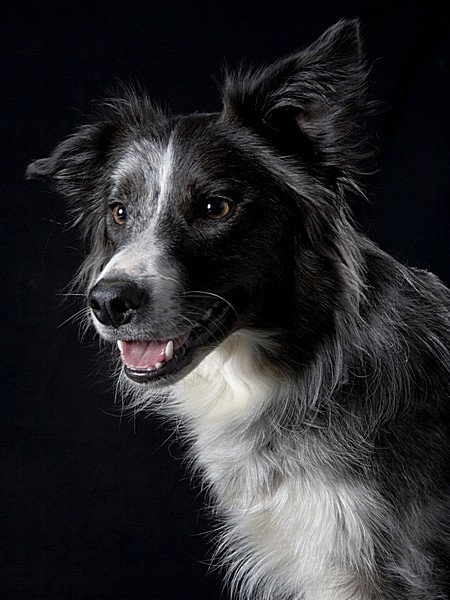
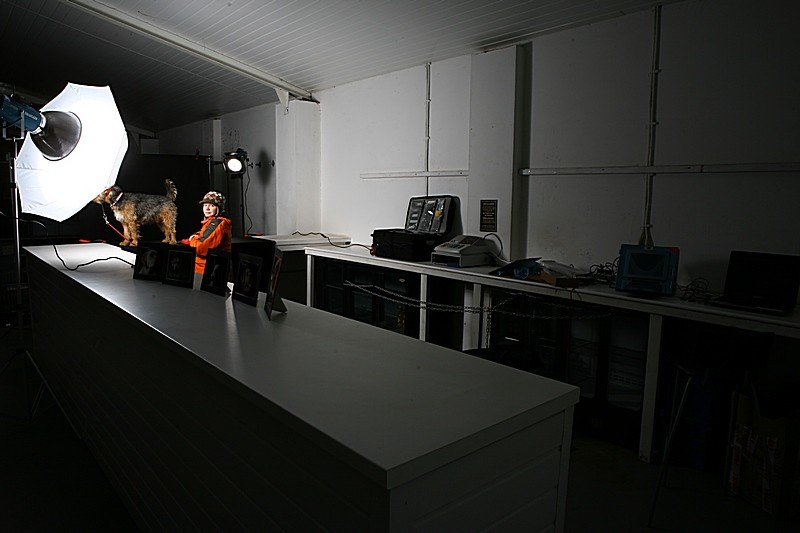
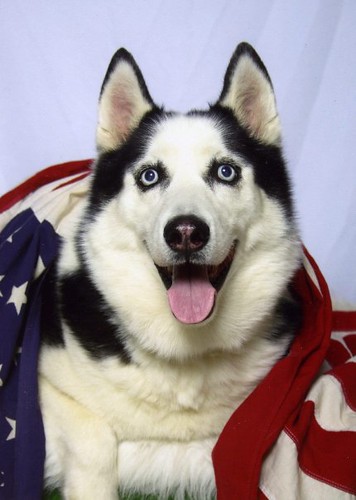 bearflag
bearflag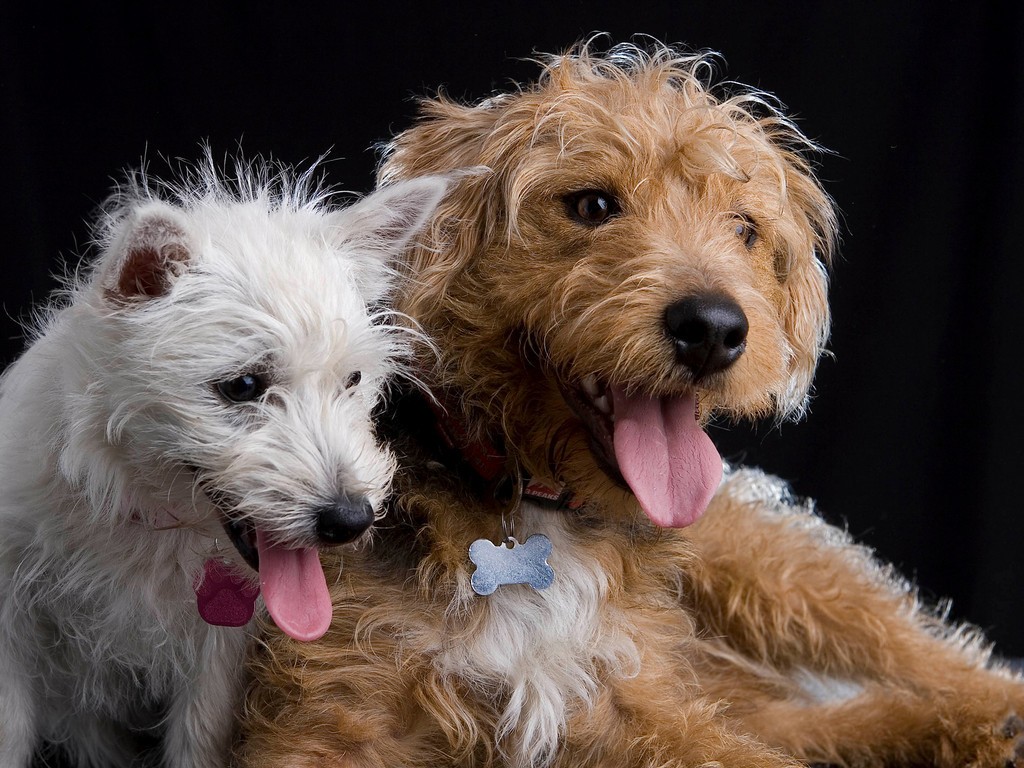

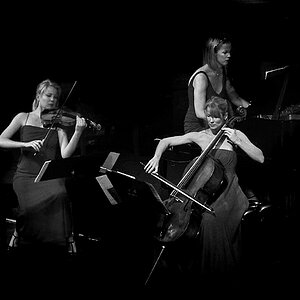
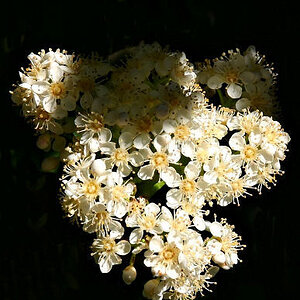
![[No title]](/data/xfmg/thumbnail/37/37119-95714aab9befe33ecb7b951366bedc94.jpg?1619737883)
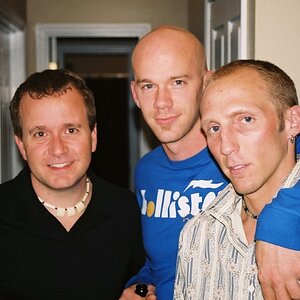

![[No title]](/data/xfmg/thumbnail/42/42462-2adb6efc01a19638fca25cd3000f5575.jpg?1619740192)
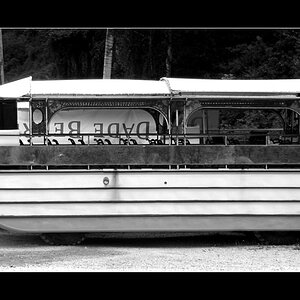
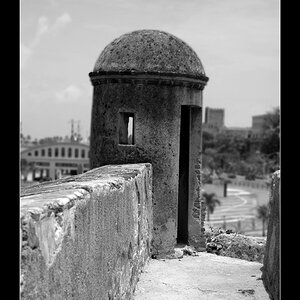

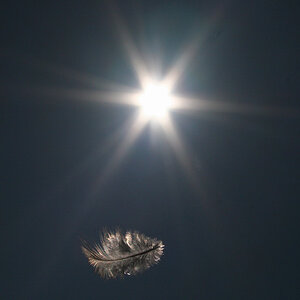
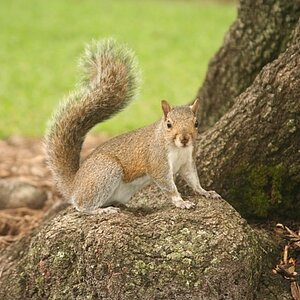
![[No title]](/data/xfmg/thumbnail/37/37120-1d477daab99b292a0c740b50f1c96d53.jpg?1619737883)